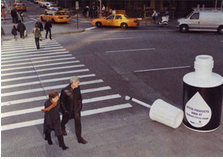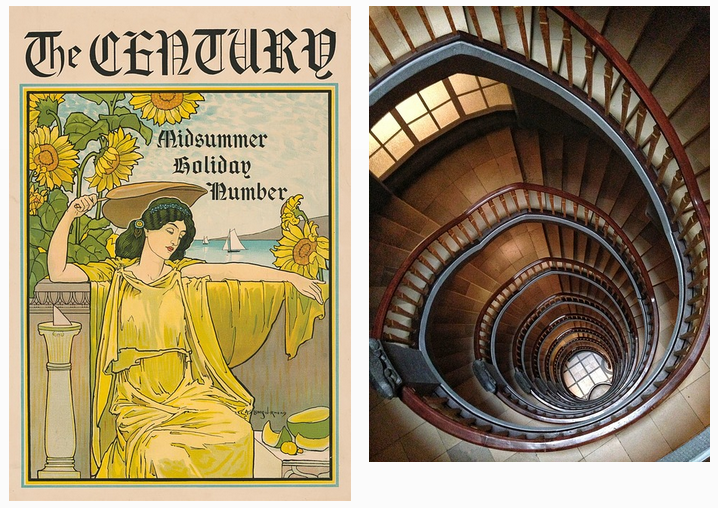Principles of Design
Completion requirements
Proportion
Proportion and Disharmony
Usually, we do not notice proportion until something is different. When the relative size of two elements being compared seems out of balance, they are said to be "out of proportion". Cartoon characters, for example, are often drawn out of proportion with some unduly large feature such as head, ears, or feet.
Bad proportion uses equal division of the shapes, which results in monotony and disharmony. Shapes should fit properly in their positions and spaces.


Proportion and Message
Sometimes, proportion is exaggerated to convey a message.
No person can hold the world in one hand, yet this image shows exactly that.

Liquid paper can be used to cover all sorts of things, but it is unlikely anyone would paint crosswalks with it.

When striving for good proportion ...
Consider the following:
- Place together elements that are similar in character or have some feature in common.
- Designate major and minor areas in the design. (Equal parts can become quickly monotonous and boring.)
- Arrange the space so that the eye does not perceive a standard mathematical relationship.
- Generate harmony by stressing the similarities of all parts.
Avoid ...
- Making size differences so great that the parts appear unrelated and out of harmony
- Dividing the composition in halves, quarters, and thirds


